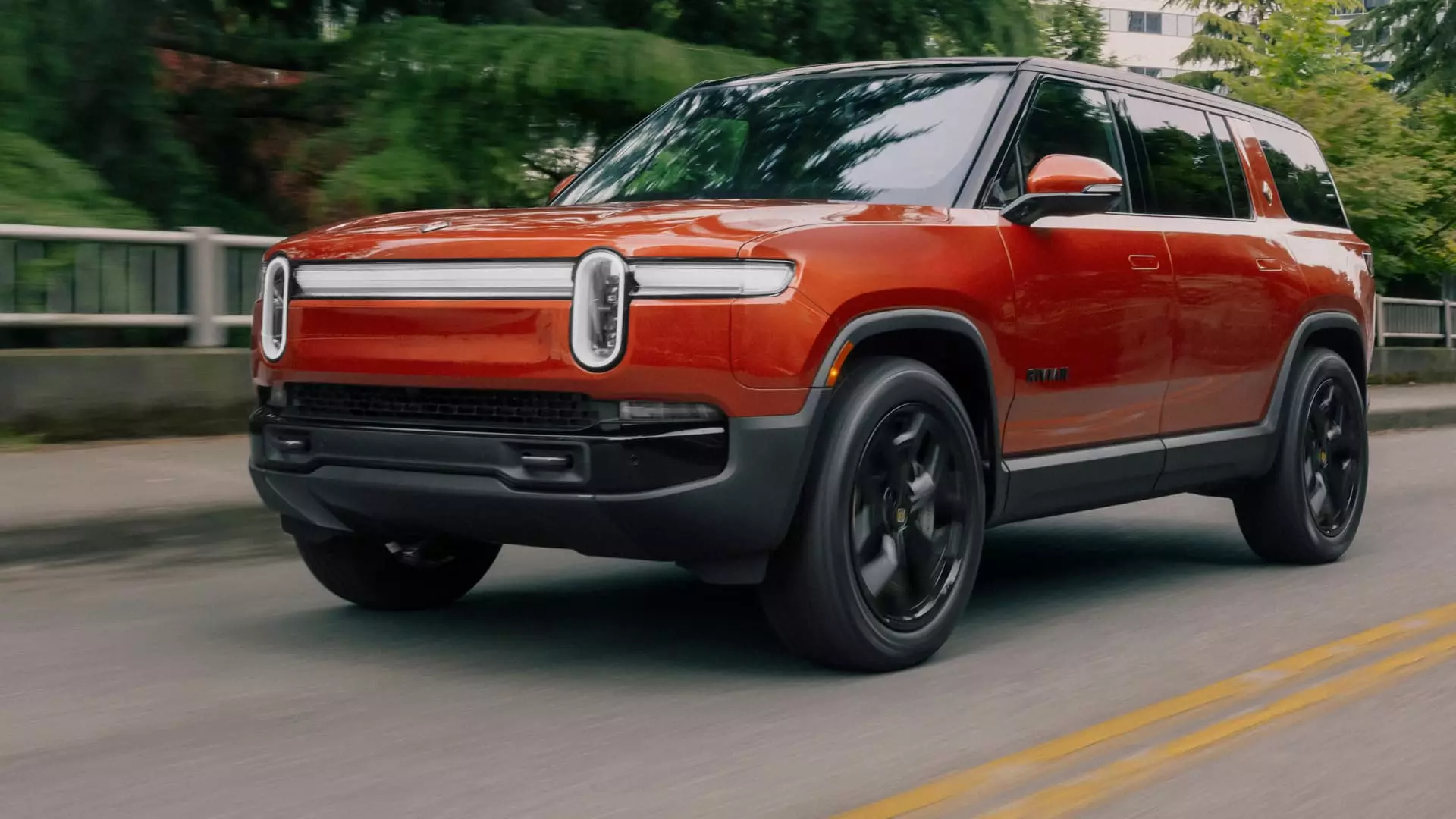Rivian Automotive has recently announced significant redesigns for its all-electric R1 pickup and SUV models to enhance range, performance, and computing power. The company has made substantial changes to more than half of the hardware components for the second-generation products. Furthermore, Rivian has reengineered the batteries and electrical architectures of the vehicles to ensure superior performance and efficiency. These upgrades represent a major leap forward in the evolution of Rivian’s flagship vehicles.
Enhanced Computing Power with Nvidia Chips
One of the most notable improvements in the 2025 model-year vehicles is the enhanced computing power, thanks to the integration of Nvidia chips. Rivian claims that the new system delivers 10 times more performance compared to the previous setup. The vehicles now use dual Nvidia DRIVE Orin processors to power the “Autonomy Compute Module,” which includes advanced driver-assistant features. Additionally, a “premium version” of the system will offer hands-free driving capabilities for specific time durations, although drivers must remain attentive to the road at all times.
In an effort to expand its market reach, Rivian plans to launch less-expensive “R2” models expected to be priced around $45,000 and set to begin shipping in the first half of 2026. These lower-priced vehicles are essential for Rivian’s growth strategy, especially as the sales of its current flagship models have slowed amidst a challenging market environment for electric vehicles. To support the development of the R2 models, Rivian has implemented cost-cutting measures, including workforce reductions, operational efficiency enhancements, and reconfigurations of its production facilities.
Rivian’s financial performance has faced significant challenges, with the company reporting a loss of $1.45 billion in the first quarter of this year. The company’s stock has also experienced downward pressure, with shares declining by approximately 50% year-to-date. To alleviate financial strain, Rivian has taken steps to reduce capital expenditures, including pausing construction of a new plant in Georgia, resulting in substantial cost savings of $2.25 billion. The company remains focused on improving its operational efficiency and financial stability to navigate the evolving electric vehicle market successfully.
Technical Specifications and Pricing Updates
The 2025 R1S and R1T models will feature a range of motor configurations, including dual, tri, and quad options, as well as Standard, Max, and Large battery packs with varying top ranges. The new R1S SUV will see a price increase of $1,000 from the current models, starting at $75,900 for the base model and reaching around $106,000 for the top-end trimotor version. On the other hand, the R1T pricing will remain unchanged at $69,900, with the top trimotor model priced above $100,000. Rivian has not disclosed specific pricing details for the quad-motor vehicles. The updated battery packs feature a “2170 cylindrical cell” design and utilize high-pressure die castings to enhance manufacturing simplicity and reduce overall weight.
The tri- and quad-motor vehicles will come equipped with new Rivian-made drive units, capable of delivering up to 1,025 horsepower and 1,198 pound-foot of torque in Launch Mode, resulting in a swift 0 to 60 mph acceleration in just 2.5 seconds. These performance improvements mark a significant advancement in Rivian’s electric vehicle technology. Furthermore, the vehicles will feature more luxurious and updated interiors, along with a fully redesigned software interface for an enhanced user experience. Additionally, charging times have been significantly improved, with all vehicles capable of adding up to 140 miles of range in approximately 20 minutes.
Rivian’s recent redesigns and enhancements to its all-electric R1 pickup and SUV models signal a major leap forward in the evolution of electric vehicle technology. The integration of Nvidia chips for enhanced computing power, performance upgrades, pricing adjustments, and improved charging capabilities underscore Rivian’s commitment to delivering cutting-edge electric vehicles that offer superior performance and efficiency. As the company continues to innovate and expand its product lineup, Rivian is poised to play a pivotal role in shaping the future of the automotive industry.


Leave a Reply